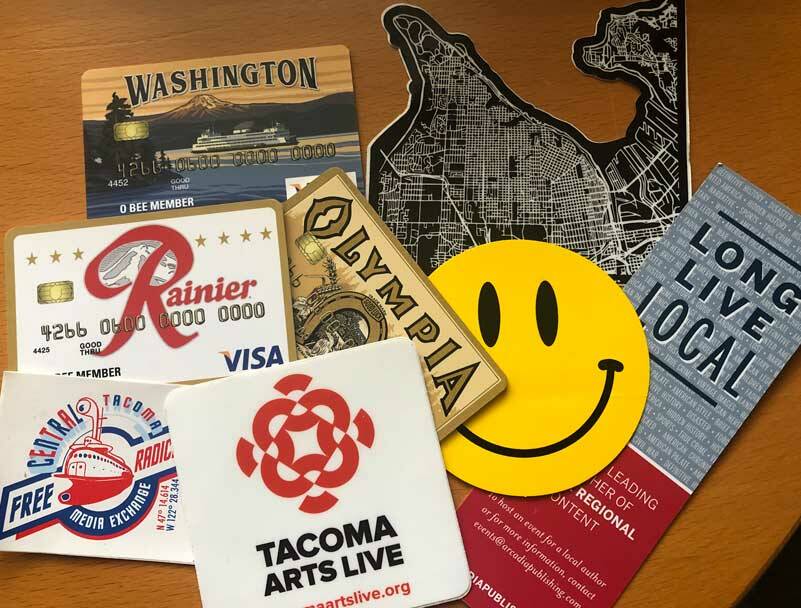By Morf Morford
Tacoma Daily Index
Back in 2008-09, banks were submitted to what were called “stress-tests,” kind of like one of us going on a treadmill to see how far we could run without difficulty. Some banks passed and some failed.
Fast forward a decade or so, and, thanks to COVID, supply chain complications, labor and material shortages and changes in interest rates, we are all in the middle of a massive involuntary stress test.
In Europe, and for most of us almost everywhere, for example, expensive energy is sapping consumers of spending power and making factories costlier to run. In China an outbreak of yet another variant of the coronavirus has led authorities to impose the strictest lockdowns since the start of the pandemic. Add in the Russian assaults on Ukraine and rising interest rates, and you have the recipe for the mother of all recessions.
Most of Western Europe – Germany and France in particular – are (or were) dependent on Russian gas and oil for heat and to keep their factories and economies humming. To put at its most basic, without that fuel, not much is happening across Europe.
Add in literally millions of Ukrainian refugees and you have all the moving parts for a crisis across borders.
Back in the USA
Meanwhile, in the US economy, March gave us an inflation increase of 8.5 percent, a 40-year high, according to the latest reading of the Labor Department’s consumer price index (CPI).
While many economists expected inflation to reach its peak in March, it’s likely the Federal Reserve will raise interest rates to cool the economy, which could be both positive and negative for small businesses.
For those of us on the receiving end of increased costs of doing business, it just means one thing – higher prices. Higher rates could depress overheated prices in volatile segments, including energy, housing and food, for instance.
Lumber prices are already dropping because so many potential buyers are priced out of the market.
This could happen across other markets as well – an overreaction from the Fed could raise prices and kill demand for almost everything and inadvertently send the country drifting irreversibly toward recession.
Increasing production costs could easily lead to cut-backs both of production and hiring. Maybe even semi-permanent lay-offs in some industries.
Buying today or tomorrow
Businesses are already reeling from supply chain chaos and corollary higher materials and shipping costs – and we, their customers are coping/reacting as well as we can – mostly by holding back on our purchasing.
In the construction industry for example, building products are on three-day pricing indexes — meaning that suppliers recalibrate prices every three days.
Good luck planning any project larger than a garden shed on that schedule.
Many businesses expect the economic climate to get worse – according to a recent survey, 88 percent of business owners expect conditions to negatively impact their business in the remainder of 2022.
That individual forestalled vacation or home remodeling project, multiplied a few thousand times, is toxic to any economy.
We, as individuals and as business owners are counting the cost of every purchase, every expansion, and of course, every loan, as we make decisions about the next few years. Each one of these decisions, as a moving part of a local, immediate puzzle, impacts the larger economy.
For this to happen just after many of us are emerging from a constricted COVID economy is not what most of us were expecting.
At this point, many of us were presuming that stores and eating establishments would be re-opening (and of course, some are) but we didn’t expect price increases to such a degree, and, for the most part, we were expecting businesses to be there when we returned.
More and more of us are deferring spending when the economy needs us to spend freely.
Interest rates, supply chain problems and customer reluctance hits smaller businesses the hardest. Any assaults on the economy tend to hit small businesses first.
And, just a friendly reminder – small, independent businesses are where careers, innovations and larger businesses begin.





